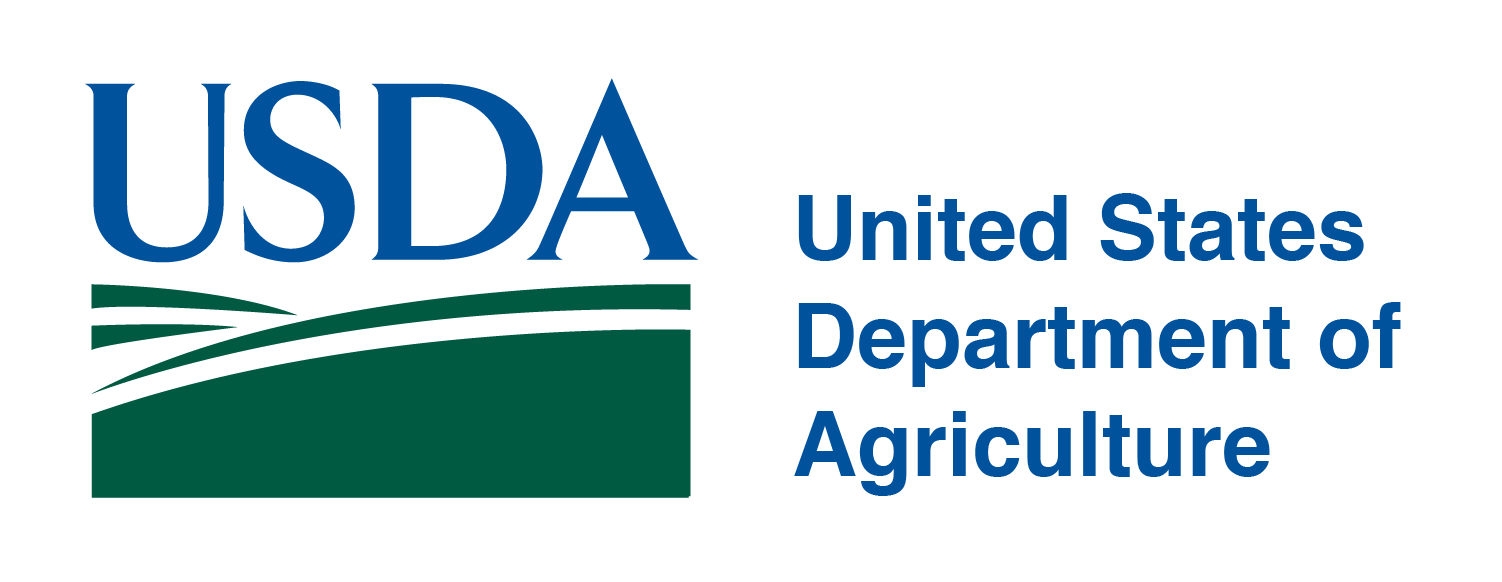- Senator Baldwin Introduces HSHS Act to Protect Communities from Hospital Closures
- What to Know about Smoke, Heat and Health
- Tribal Partnership With UW-Madison Combines Ag Research With Indigenous Food Knowledge
- The Rewards of Working as Rural Docs
- Request for Information (RFI): Evolving the Network of the National Library of Medicine
- Dental Therapists, Who Can Fill Cavities and Check Teeth, Get the OK in More States
- Colorectal Cancer Is Rising among Younger Adults. Some States Want to Boost Awareness.
- Rural Hospitals Built During Baby Boom Now Face Baby Bust
- Food Stamps Go Further in Rural Areas — Until You Add Transportation Costs
- CMS Announces Resources and Flexibilities to Assist with the Public Health Emergency in the State of Texas
- CMS Proposes New Payments for Digital Health Under CY2025 PFS Draft Rule
- Improving Public Health by Strengthening Community Infrastructure
- Biden Harris Administration Proposes Policies to Reduce Maternal Mortality, Advance Health Equity, and Support Underserved Communities
- Nearly Half of U.S. Counties Don't Have a Single Cardiologist
- Randolph County, Ill. Turns Unused Part of Nursing Home Into State-Of-The-Art Behavioral Health Center
Nation Hits Lowest Uninsured Rate Ever
With more than 14 million people enrolled in coverage nationwide through the 2023 health insurance marketplace Open Enrollment period, this marks the nation’s lowest uninsured rate ever at 8%. Open Enrollment began Nov. 1 and ends Jan. 15. Pennie, Pennsylvania’s health insurance marketplace, has seen more than 332,000 enrollments as of Nov. 30. Historically, the largest number of enrollments are attributed to auto-renewals from existing customers. Pennie-certified enrollment assisters at community health centers are enrolling customers in person, telephonically, and virtually to meet the need for unbiased, free assistance. New enhancements on the Pennie website, such as the customer service chat feature and additional income calculation questions, enable consumers to get questions answered sooner and pinpoint variations in monthly income.
Pennsylvania Governor Announces Plan to Expand Broadband Across Commonwealth
Pennsylvania Governor Tom Wolf announced that the Pennsylvania Broadband Development Authority released the Commonwealth of Pennsylvania’s Statewide Broadband Plan. The plan addresses both the immediate needs and long-term needs of Pennsylvanians. The Authority’s plan to expand broadband across the commonwealth focuses on the challenges and opportunities including improving broadband service infrastructure and availability, digital equity and affordability, device and technology access, and digital literacy and technical support. With a clear picture of the current state of broadband in Pennsylvania outlined—including up to 800,000 unserved Pennsylvanians—the plan includes actionable steps to achieve universal broadband access. As Pennsylvania and other states seek to narrow the digital divide, the Federal Communications Commission (FCC) has just released a draft of a nationwide broadband availability map. The new National Broadband Map lets individuals search specific addresses to find information about fixed and mobile services available there. The public, including local governments and businesses, has an opportunity to challenge the map or comment on its accuracy until Jan. 13.
New Rural Revitalization Podcast from the Brookings Institution Launched
Introducing Reimagine Rural, a podcast featuring rural towns experiencing positive change
While the dominant narrative regarding rural America is one of decline and division, Reimagine Rural is a new podcast that visits rural towns across the United States that are experiencing positive change and explores how public investment in rural people and places can lead to increased and equitable prosperity.
Hosted by Tony Pipa, a scholar in the Center for Sustainable Development at the Brookings Institution and a product of rural America, each episode features local voices telling the story of progress in their community and considering the intersection with policy and public resources.
Join Tony on this journey to visit a diverse set of towns across America to learn more about how rural communities are adapting to the 21st century.
Episode 1 debuted on November 22. Click here to see the list of podcasts and for information on how to subscribe.
New Rural Health Briefs Released

The Rural Health Value team recently released a new policy brief:
Medicare Shared Savings Program: Rule Changes and Implications for Rural Health Care Organizations
A summary of the changes made to the Medicare Shared Savings Program taking effect January 2023 and 2024. This Rural Health Value analysis outlines how the changes would reduce barriers to participation for potential or reentering ACOs that operate in rural contexts.
Related resources on the Rural Health Value website:
- Catalog of Value Based Initiatives for Rural Providers – One-page summaries describe rural-relevant, value-based programs currently or recently implemented by the Department of Health and Human Services (HHS), primarily by the Centers for Medicare & Medicaid Services (CMS) and its Center for Medicare & Medicaid Innovation (CMMI).
- MaineHealth ACO – Integrating and Using Data to Support Care Delivery – A predominantly rural network of hospitals and clinics in Maine integrates clinical and claims data to support improvements in care delivery and target patient needs as part of their Accountable Care Organization.
- Vermont’s All-Payer Accountable Care Organization Model – Mt. Ascutney Hospital and Health Center’s (MAHHC) Experience – Vermont’s dominant payers have partnered to test an alternative payment model statewide that requires health care organizations like MAHHC to innovate health care delivery and achieve shared goals. Participation in the ACO has allowed MAHHC to implement strategies to better meet community needs ranging from prevention to complex care management.
USDA Releases Rural America At A Glance Report

The U.S. Department of Agriculture (USDA) released the Rural America at a Glance report. The report notes a change in the composition of the rural labor force over the past decade due to an overall decline in population growth, aging of the population, and changing industry structure. Rural America has become more economically diverse over time, with increasing employment in health care, hospitality, and other service industries. There is also evidence that the rural workforce is changing in terms of diversity. The report is helpful when considering new ways to strengthen the rural health pipeline.
Improving the Oral Health of Rural Veterans
 According to a new report from the American Institute of Dental Public Health (AIDPH) and CareQuest Institute, veterans in rural areas are struggling to receive oral care. Only about 15% of veterans are eligible for dental care through the Veterans Health Administration (VHA), with the percentage being even lower for rural veterans.
According to a new report from the American Institute of Dental Public Health (AIDPH) and CareQuest Institute, veterans in rural areas are struggling to receive oral care. Only about 15% of veterans are eligible for dental care through the Veterans Health Administration (VHA), with the percentage being even lower for rural veterans.
Learn more in the full report.
Rural America is Getting Older: A Fifth of the Population Now Over Age of 65
Rural America is continuing to get older, and a new report shows the extent has hit a new high.
The U.S. Department of Agriculture’s annual Rural America at a Glance report shows more than 20% of rural residents are over age 65 compared to 16% in urban areas.
“The aging of the baby-boom generation will continue to contribute to the loss of working-age adults through the end of this decade,” the report from the USDA’s Economic Research Service stated.
The report also said there is a corresponding decrease in the working-age population, with those 18 to 64 making up 58% of non-metro residents, compared with 61% of metro residents.
Fixing the problem will take a lot of work from a lot of different areas, said Mary Hendrickson, a professor of rural sociology at the University of Missouri.
“There’s federal issues, there are state issues, there are community issues, there are regional issues. Can we start thinking about regional networks? There really is not just one thing,” she said.
Hendrickson said rural areas need to make things better for families, and that can include such improvements as better broadband access and reliable day care and preschool options, which are not only lacking but often nonexistent in rural areas.
“If we’re going to talk about wanting to be family friendly, then we’re going to need to have some policies that are helpful,” Hendrickson said.
Some rural communities have tried creative ways to attract younger people to make their home away from urban areas, including offering grants to new homeowners and establishing recruiting committees to entice former residents to move back.
“Those kinds of programs are essential,” Henrickson said. “Folks who live in these rural areas sometimes look around and think more of the challenges rather than thinking about what are the opportunities for helping and making their place attractive for a younger generation.”
Other rural advocates caution those kinds of projects won’t be enough and argue for more systemic change at the federal level.
“We learned during COVID that many people can work from anywhere, and that gave a lot of hope to rural communities looking to increase their population,” said Chris Merritt, executive director of the Illinois Institute of Rural Affairs at Western Illinois University.
“But state and federal governments need to get more involved to make sure these communities have health care, schools, transportation and grocery stores. Those things can’t happen at just the community level.”
While rural communities look to increase their younger population, they will also have to deal with new challenges of having more older residents.
“Declines in the working-age population may make it harder to meet labor demands in some rural industries and local labor markets. At the same time, many rural areas lack sufficient health care capacity, broadband service, community centers and other services to address the challenges associated with an aging population,” the USDA report said.
This story was produced in partnership with Harvest Public Media, a collaboration of public media newsrooms in the Midwest. It reports on food systems, agriculture and rural issues. Follow Harvest on Twitter: @HarvestPM.
